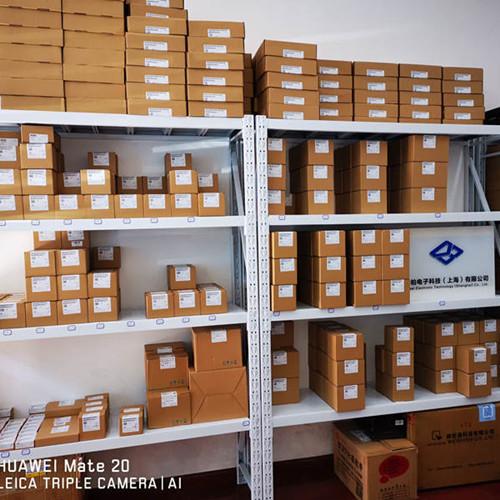4-wire connection of S7 200 smart analog input module1. General analog module wiring
There are three types of analog modules: ordinary analog module, RTD module and TC module.
General analog module can collect standard current and voltage signals. Among them, the current includes: 0-20mA, 4-20mA two kinds of signals, voltage includes: +/-2.5V, +/-5V, +/-10V three kinds of signals.
Be careful:
The channel value range of S7-200 SMART CPU is 0-27648 or-27648-27648.
The terminal distribution of general analog module is shown in the analog module wiring of Fig. 1. Each analog channel has two terminals.
Figure 1 Analog module wiring
Analog current and voltage signals are divided into four-wire system, three-wire system and two-wire system according to the number of analog meters or equipment cables. Different types of signals have different wiring modes.
Four-wire system signal refers to the analog instrument or equipment on the signal line and power line combined with four lines. Instruments or equipment have separate power supply, in addition to two power lines and two signal lines. The connection mode of four-wire system signal is shown in Figure 2. Analog voltage/current four-wire system connection.
Figure 2 Analog Voltage/Current Four-wire Connection
Three-wire system signal refers to the instrument or equipment on the signal line and power line combined with three lines, negative signal line and power supply M line for the public line. The connection mode of three-wire system signal is shown in Fig. 3 analog voltage/current three-wire system connection.
Figure 3 Analog Voltage/Current Three-wire Connection
Two-wire signal refers to the instrument or equipment on the signal line and power line combined only two terminals. Because the S7-200 SMART CPU analog module channel has no power supply function, the instrument or equipment need external 24V DC power supply. The connection mode of two-wire system signal is shown in Figure 4. Analog voltage/current two-wire system connection.
Figure 4 Analog Voltage/Current Two-wire Wiring
The two signal terminals of the channel need to be short-connected in the unused analog channel, as shown in Fig. 5 below.
Fig. 5 Unused channels need to be shortened
2. RTD module wiring
RTD thermistor temperature sensor can be divided into two, three and four wires, among which the four-wire temperature sensor is the most accurate. S7-200 SMART EM RTD module supports two-wire, three-wire and four-wire RTD sensor signals. It can measure common RTD temperature sensors such as PT100, PT1000, Ni100, Ni1000 and Cu100. For specific models, please refer to S7-200 SMART System Manual.
The S7-200 SMART EM RTD module can also detect resistance signals, which can also be divided into two, three and four lines.
The connection method of EM RTD module is shown in the sensor RTD/resistance signal wiring of Fig. 6 below.
Figure 6 RTD sensor/resistance signal wiring
3. TC module wiring
The basic principle of temperature measurement by thermocouple is that two kinds of conductors with different compositions form a closed loop. When there is a temperature gradient at both ends, there will be current passing through the loop, and then there will be an electromotive force between the two ends.
S7-200 SMART EM TC module can measure J, K, T, E, R&S and N thermocouple temperature sensors. For specific models, please refer to S7-200 SMART System Manual.
The wiring description of TC module refers to the wiring of TC signal of Fig. 7.
Figure 7 TC signal wiring
Be careful:
For the wiring diagram of each module, please refer to the section "Technical Specification" in the S7-200 SMART System Manual.

